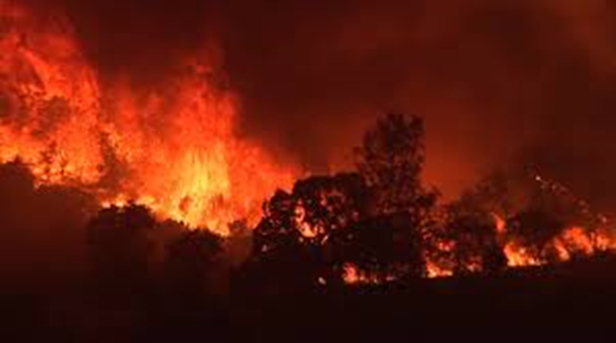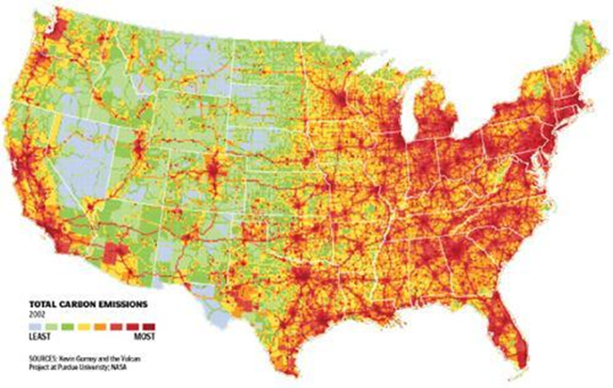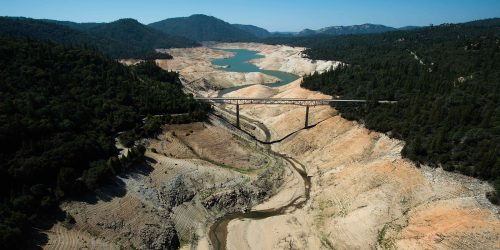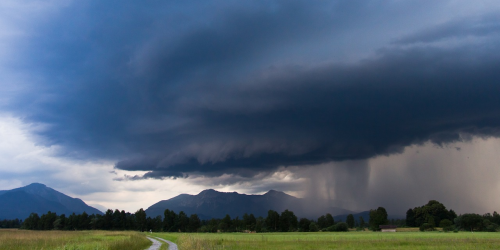Regional and Global Environments Experiment (FIREX)

In FY17 the AC4 program funded an additional 10 new projects consisting of 14 individual grants totaling $5.0 million to universities and non-Federal research laboratories in support of the Fire Influence on Regional and Global Environments Experiment (FIREX) led by NOAA’s Chemical Science Division. FIREX will study emissions and chemical transformation resulting from wildfire burning in Western United States which started in FY16 and runs through FY20.
The FY17 awards are three-to-four years long. All in preparation for the intensive field phase in FY19, the projects focus on:
- Instrument and model development and initial lab and field experiments,
- Participation in studies at the Missoula Fire Science laboratory,
- Simulation chamber studies,
- Field observations from mobile laboratories and ground sites, and
- Data assimilation into models and incorporation in inventories.
The new competitively selected projects funded by the AC4 program in FY17 are:
- Investigating the Chemistry and Fate of Reactive Nitrogen (NOy) Species in Biomass Burning Smoke using FIREX Data
- PI: Matthew J. Alvarado, Atmospheric & Environmental Research,
- CrIS/OMPS and TES Ozone Retrievals in Support of the FIREX Intensive Campaign
- PIs: Kevin Bowman, Jet Propulsion Laboratory; Brad Pierce, NOAA Center for Satellite Applications and Research
- Near-field Characterization of Biomass Burning Plumes
- PI: Delphine Farmer, Colorado State University.
- Wildfire Impacts on O3 and Particulate Matter in Urban Areas of the Western US
- PI: Dan Jaffe, University of Washington Bothell.
- Modeling the Complex and Dynamic Physico-Chemical Evolution of Primary and Secondary Organic Aerosol from Wildfire Smoke
- PI: Shantanu Jathar, Colorado State University.
- Aerosol Size Distribution and Composition Evolution During FIREX Activities: Closure Analyses and Climate Impacts
- PIs: Jeffrey Pierce, Colorado State University, Matthew J. Alvarado, Atmospheric & Environmental Research.
- Remote Sensing of Radical Precursors in Biomass Burning Plumes
- PI: Jochen Stutz, University of California, Los Angeles.
- Chemical Characterization of Biomass Burning Smoke: Emissions and Multi-phase Evolution of Oxidant and SOA Precursors
- PI: Joel Thornton, University of Washington
- Emissions and Chemistry of Formaldehyde in Biomass Burning Plumes
- PI: Glenn M. Wolfe, University of Maryland Baltimore County.
- Building and Testing the Framework to Integrate Detailed Chemical Measurements and Predictive Biomass Burning Models
- PIs: Christine Wiedinmyer, National Center for Atmospheric Research, Kelley Barsanti, University of California, Riverside, Ann Marie Carlton, University of California, Irvine.
Synthesis and Analysis Research Relating to Urban Emissions


In addition in FY17, the AC4 program funded one new project totaling $1.5 million to conduct Synthesis and Analysis Research relating to Urban Emissions.
The new competitively selected project funded by the AC4 program in FY17 is:
- CO2 Urban Synthesis and Analysis (“CO2-USA”) Network
- PIs: John C. Lin, University of Utah, Lucy Hutyra, Boston University, Steven Wofsy, Harvard University, Christopher P. Loughner, University of Maryland.
The proposed work is composed of 6 related activities:
- Conduct workshops for idea exchange, data harmonization & integration, inventory comparison, stakeholder outreach, network design, inverse modeling, collaboration
- Create publicly available CO2 and CH4 mixing ratio datasets that have undergone consistent QA/QC and formatting for multiple urban areas
- Develop and disseminate anthropogenic and biospheric flux inventories that would be compared against one another and validated against local bottom-up information
- Develop a powerful new cross-city atmospheric modeling system, with inputs based on [1], [2], and [3], and on new high resolution operational meteorological products, designed to be operable, scalable, widely applicable, and web-available.
- Estimate carbon emissions in different U.S. cities, by applying [4] and [3].
- Engage stakeholders including city and state-level officials and NGOs, including: assessing user needs, building a learning community at public agencies, and creating conduits for data exchange between policymakers and scientists.





